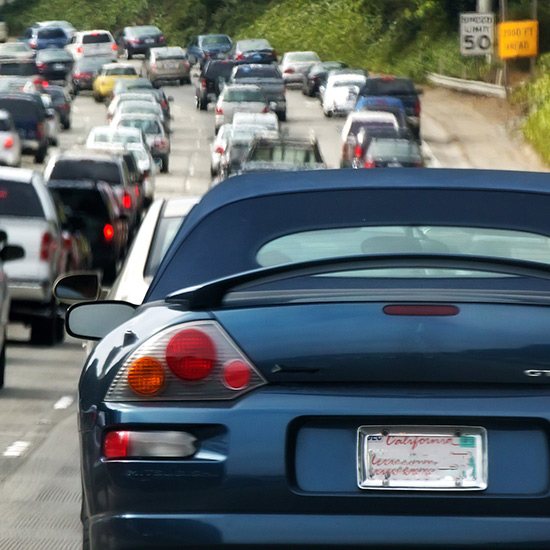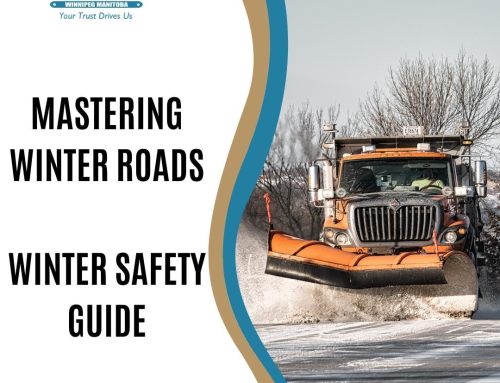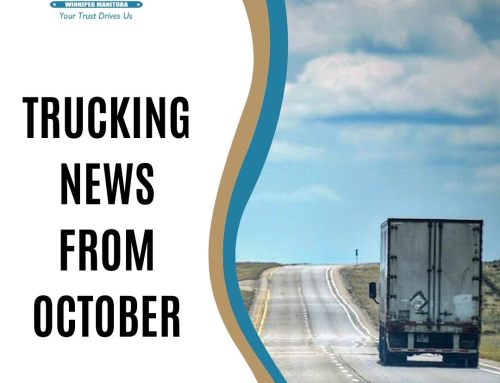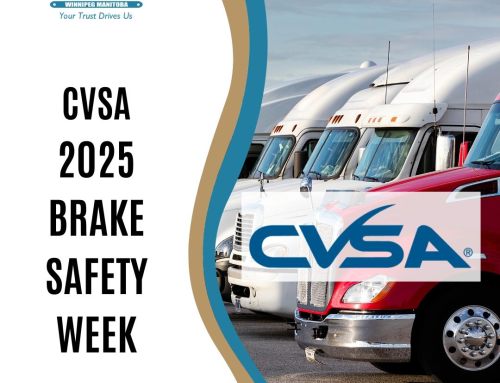 Everyone is responsible for roadway safety. Even the most skilled drivers can be involved in accidents. We’re not just talking about trucking safety, but general safety tips that all motorist could keep in mind and practice the next time they head out on the roads.
Everyone is responsible for roadway safety. Even the most skilled drivers can be involved in accidents. We’re not just talking about trucking safety, but general safety tips that all motorist could keep in mind and practice the next time they head out on the roads.
When you are operating a vehicle it is up to you to do your part in keeping everyone safe. That means not only knowing these basic traffic safety rules but assuming that other’s may not. Knowing the rules of the road and what to watch out for, and most importantly, being an alert driver can keep you from being in an accident.
Stay Alert – Actively pay attention to your surroundings, be mindful of your driving and pay attention to the other motorists around you.
Be Predictable – Don’t make sudden stops needlessly, maintain your driving speed, don’t weave in and out of traffic changing lanes aggressively. Maximize everyone’s safety by allowing other’s to predict your behaviour.
Avoid Assumptions – Don’t assume that just because you follow the traffic rules and drive safely, that others will do the same. Watch for erratic behaviour or poor driving habits by motorists around you and err on the side of caution to avoid an incident.
Be Patient If traffic isn’t flowing as fast as you’d like exercise patience. Tailgating, weaving in and out of traffic and driving aggressively all too commonly lead to accidents, which you have now caused. Be patient to stay safe.
Follow Traffic Signals – Pay attention to and obey stop signs, traffic lights, yield signs, and other traffic signals.
Respect Yellow Lights – Remember this means slow down and prepare to stop, not hit the gas and speed through the intersection.
Come to a Complete Stop – When you see a stop sign or a red light, it’s important to bring your vehicle to a complete stop. Remember the three-second rule from the Driver’s Handbook – allowing you enough time to properly assess the location to make sure there are no other vehicles, pedestrians assuming you’re going to stop completely.
Yield Right of Way – More importantly, understand the right of way. Be sure to yield to drivers who have the right of way, but don’t assume that all drivers know the rules. Only proceed if it is safe to do so.
Obey Speed Limits – Stick to the posted speed limits. They have not been randomly chosen; rather carefully selected to maximize the safety for everyone on the roadway with you. This is not just relevant to speeding. Driving too slowly can lead to accidents and may result in a ticket.
Use Turn Signals – Use your turn signals – they are one of the most important ways to communicate your intentions with others on the roadway. Not only should you use them to communicate every turn, you should turn them on in advance of your maneuver, not during or after as many seem to do.
Never Drive Under the Influence – This includes more than drinking and driving – do not operate your vehicle if you have become impaired by drinking or drugs (prescription or otherwise). If your judgment is clouded make the right decision and don’t get behind the wheel.
Do Not Text and Drive – No text is worth causing an accident. Remember point #1 – Stay Alert.
Avoid Distractions – Distracted driving includes more than using your phone. Your eyes should be on the road at all times and anything that takes your eyes off the road (eating, changing CD’s, interacting with passengers, applying makeup, shaving etc.) are all types of distracted driving.
Make a Plan Before You Head Out – Check your map, set your voice commands and plan your travel route before you get lost. This will help you avoid struggling to figure out where you are going while navigating the streets.
Buckle Up – Too many lives are wasted by not buckling up. Even if your driving is top notch, buckling up can save your life if and when you are ever involved in an accident.
Use Headlights – The most obvious use is night driving, but headlights should also be used in rain or fog because sometimes the only thing other’s can see is the light from your vehicle. Use your high beams at night to help illuminate the road further ahead, but be respectful and turn them off when traveling behind or crossing paths with other motorists.
Make Adjustments for Weather –When the weather is bad, the road conditions tend to be less than desirable. Road conditions will vary depending on the weather situation but don’t be afraid to slow your speed, increase your following distances, allow more time for breaking or just stay off the road altogether if the conditions are poor.
Remember that we share the roadways and we must all make a commitment to keeping them safe.




